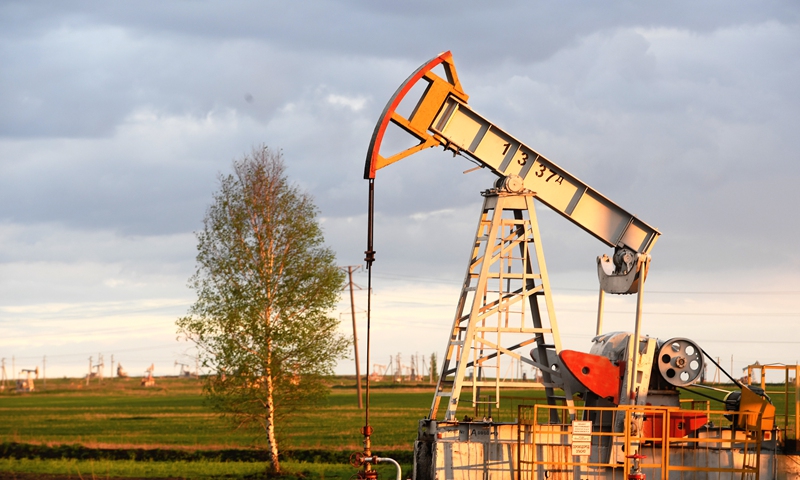Money-saving fuel tips for drivers as petrol and diesel costs rise
The conflict between russia and Ukraine has massively driven up fuel prices in many parts of the world as the cost of oil surges. But there are simple ways to reduce the amount of petrol or diesel you need to get around. — dpa
WITH pump prices for petrol and diesel soaring as a result of Russia’s war in Ukraine, there has never been a better time to learn how to save fuel by driving economically.
The first tip is to make sure the tyres are pumped up to the right pressure. Low tyre pressures increase a vehicle’s rolling resistance and that costs fuel.
The correct pressures are listed in your owner’s manual and they will vary depending on the load you are carrying. With four passengers and luggage on board, you will need the tyres inflated to the maximum recommended pressures.
Removing heavy items from the boot and remembering to take off the roof or rear-mounted bicycle or ski racks will save weight and improve aerodynamic efficiency.
Ultimately, driving too fast is the biggest fuel-guzzling factor so a light right foot is essential. That means thinking ahead.
If your route takes you past a series of traffic lights, you should watch out for red signals well ahead. This allows you to ease back on the accelerator or slow down naturally. In many cases, you can keep moving rather than coming to a complete stop.
The aim is to not lose momentum. Accelerating from a standstill always uses more fuel, along with going up any steep incline. If a hill is not too steep, try to stay in gear rather than change down too early.
Drive as smoothly as possible, using the steering, accelerator and brakes gently. Many cars have a dashboard indicator which shows the best time to change up to a higher gear. This lowers the engine revolutions and saves fuel.
The best advice in built-up areas is to change as swiftly as you can at around 2,000 rpm. Naturally, the faster an engine spins, the more fuel it uses.
When slowing down, it’s important to remain in gear since the fuel cut-off switch in a fuel-injection engine is then activated, which means hardly any fuel is used while braking.
In cars without a stop-start facility, it makes sense to switch off the engine at the traffic lights or in a traffic jam if the pause is likely to last more than 20 seconds. The extra wear on the starter motor and battery is negligible.
It might seem a good idea to switch on the cruise control and let the car take care of maintaining a constant speed, yet this could actually worsen fuel consumption. This is especially the case in hilly terrain where the engine has to constantly change speeds and the transmission hunts for the right gear.
Cruise control will work best when driving on a constant flat surface such as a motorway or long stretch of dual-carriageway where the driver can leave the car in top gear and gently cruise along, using minimal fuel.
Switching on the air conditioning will also worsen fuel economy, since the engine needs power to make the system work.
Try to also combine journeys so that the car engine remains warm. Cold starts are the least fuel-efficient part of any trip and several of them in succession will push up consumption even though the overall mileage may turn out to be the same. – dpa
Related posts
Cold War schemer: Reminiscing in its past ‘victory,’ US brings color revolutions to 21st century to maintain its hegemony



